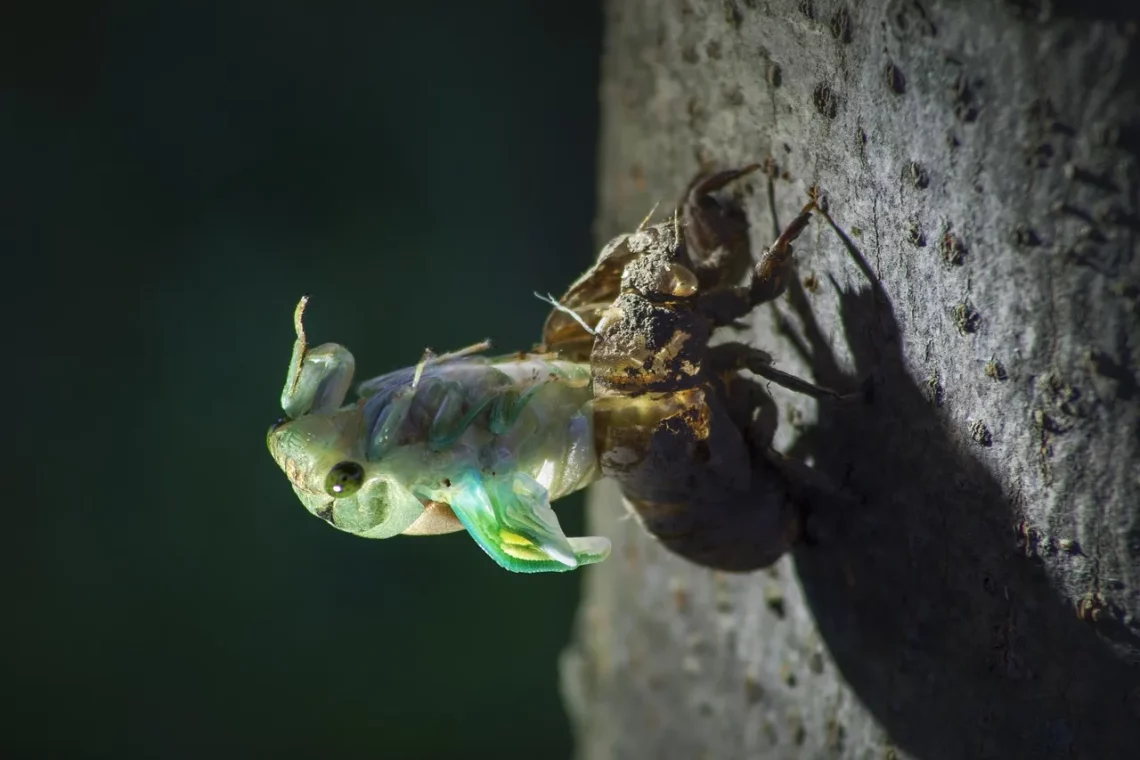
Effective Ways to Get Rid of Chicken Mites for Good
Chicken mites, also known as red mites or poultry mites, can pose significant challenges for poultry farmers and backyard chicken enthusiasts alike. These tiny parasites can infest chicken coops and affect the health and productivity of your flock. Mites thrive in warm, dark environments, making chicken coops an ideal breeding ground. The presence of these pests can lead to a range of issues, including decreased egg production, weight loss, and even anemia in severe cases.
Understanding the biology and behavior of chicken mites is crucial for effective management. They feed on the blood of birds, causing irritation and stress, which can compromise the overall well-being of your chickens. Moreover, the life cycle of chicken mites is relatively short, allowing them to reproduce quickly, which can lead to rapid infestations if not addressed promptly.
As a responsible poultry keeper, it is essential to recognize the signs of a mite infestation early. Look out for symptoms such as feather pecking, restlessness, and reduced egg production. By implementing effective control measures, you can protect your flock from these troublesome pests and ensure a healthy environment for your chickens.
Understanding Chicken Mites and Their Impact
To effectively combat chicken mites, it’s essential to first understand their life cycle and impact on your flock. Chicken mites exist in various stages: eggs, larvae, nymphs, and adults. Each stage can contribute to the overall population explosion if not managed properly. Adult mites are visible to the naked eye and can be identified by their reddish-brown color. They tend to hide in cracks and crevices during the day and become active at night when chickens are roosting.
The primary threat posed by chicken mites is their feeding behavior. These parasites feed on the blood of chickens, leading to irritation and stress. In severe cases, heavy infestations can result in anemia, which can be fatal if left untreated. Additionally, chickens suffering from mite infestations may display symptoms such as excessive scratching, feather loss, and a general decline in health.
The economic impact of chicken mites cannot be overlooked. Reduced egg production due to stress and health issues can lead to financial losses for farmers. Moreover, the cost of treatment and prevention can add up quickly, making it essential to take proactive measures against these pests.
Regular inspections of your flock and their living environment can help detect the early signs of mite infestations. Look for tiny black specks on the chickens or in the coop, which are often mite droppings. By understanding the signs and consequences of chicken mite infestations, you can take the necessary steps to protect your poultry and maintain a healthy flock.
Effective Treatment Options for Chicken Mites
When it comes to treating chicken mites, several effective options are available, ranging from chemical treatments to natural remedies. Chemical insecticides specifically designed for poultry can be highly effective in eliminating mites. These products are usually sprayed in the coop and directly on the chickens. However, it is essential to follow the manufacturer’s instructions carefully to ensure the safety of your flock.
In addition to chemical treatments, natural remedies can also be effective in managing mite populations. Diatomaceous earth, for example, is a natural powder that can be sprinkled in the coop and on the birds. It works by dehydrating the mites, leading to their eventual death. Similarly, essential oils such as eucalyptus, tea tree, and peppermint have been known to repel mites and can be used in combination with other treatments.
Regular cleaning of the chicken coop is another essential aspect of mite control. Removing bedding and debris, as well as sanitizing the living environment, can significantly reduce mite populations. Be sure to pay attention to cracks and crevices where mites may hide. A thorough cleaning should be conducted regularly, especially during peak mite seasons.
It’s also important to isolate infested birds from the rest of the flock. This can help prevent the spread of mites and allow for targeted treatment. Monitoring and managing your flock’s health should be an ongoing process, with regular checks for signs of mites and other pests.
Incorporating these treatment options into your regular poultry management routine will help keep chicken mites at bay and ensure the health of your flock.
Preventative Measures to Avoid Infestations
Prevention is always better than cure, especially when it comes to managing chicken mites. Implementing a combination of practices can significantly reduce the risk of infestations in your flock. First and foremost, maintaining a clean and dry living environment is crucial. Mites thrive in damp and dirty conditions, so regular cleaning of the coop and surrounding areas is essential.
Consider using a deep litter system, which can help absorb moisture and provide a more inhospitable environment for mites. Ensure that bedding is changed frequently, and remove any old bedding that may harbor pests. Additionally, ensure proper ventilation in the coop to minimize humidity levels, as mites prefer warm, humid environments.
Another effective preventive measure is to limit the introduction of new birds into your flock. If you do decide to add new chickens, it’s wise to quarantine them for at least two weeks before introducing them to the rest of your flock. This will help ensure that any potential infestations are identified and treated before they can spread.
Regular health checks on your chickens are also important. Monitor their behavior and physical condition, looking for any signs of stress or irritation. Early detection of any issues, including mite infestations, can help you manage them more effectively.
Finally, consider integrating natural predators into your management strategy. Certain beneficial insects, such as ladybugs and predatory mites, can help keep chicken mite populations in check. By creating a balanced ecosystem in and around your coop, you can promote a healthier environment for your chickens while minimizing the risk of mite infestations.
Long-Term Strategies for Sustainable Poultry Management
For sustainable poultry management, it’s essential to adopt long-term strategies that not only help in controlling chicken mites but also promote the overall health of your flock. One effective strategy is to rotate your chicken’s grazing areas. This practice not only helps in breaking the life cycle of mites but also allows your chickens to forage on fresh grass and insects, which can boost their nutrition and health.
Implementing a regular health and wellness program for your flock is another crucial long-term strategy. This includes vaccinations, parasite control, and a balanced diet tailored to the specific needs of your chickens. Healthy birds are less susceptible to infestations, making it easier to manage potential issues.
Educating yourself about poultry management practices and staying informed about the latest research on chicken health can also be beneficial. Joining local poultry clubs or online communities can provide valuable insights and support from other poultry enthusiasts who may have faced similar challenges.
Consider investing in proper coop design as well. Designing a coop with mite prevention in mind can significantly reduce the risk of infestations. Features such as removable roosts, smooth surfaces, and adequate drainage can make cleaning easier and reduce places where mites can hide and breed.
Lastly, be patient and persistent in your efforts. Managing chicken mites can be an ongoing challenge, but with a proactive and informed approach, you can create a healthy environment for your chickens. Regular monitoring, combined with effective treatments and preventive measures, will help ensure that your flock remains healthy and productive for years to come.
**Disclaimer:** This article is not intended as medical advice. For any health-related issues regarding your poultry, please consult a veterinarian or an animal health professional.




